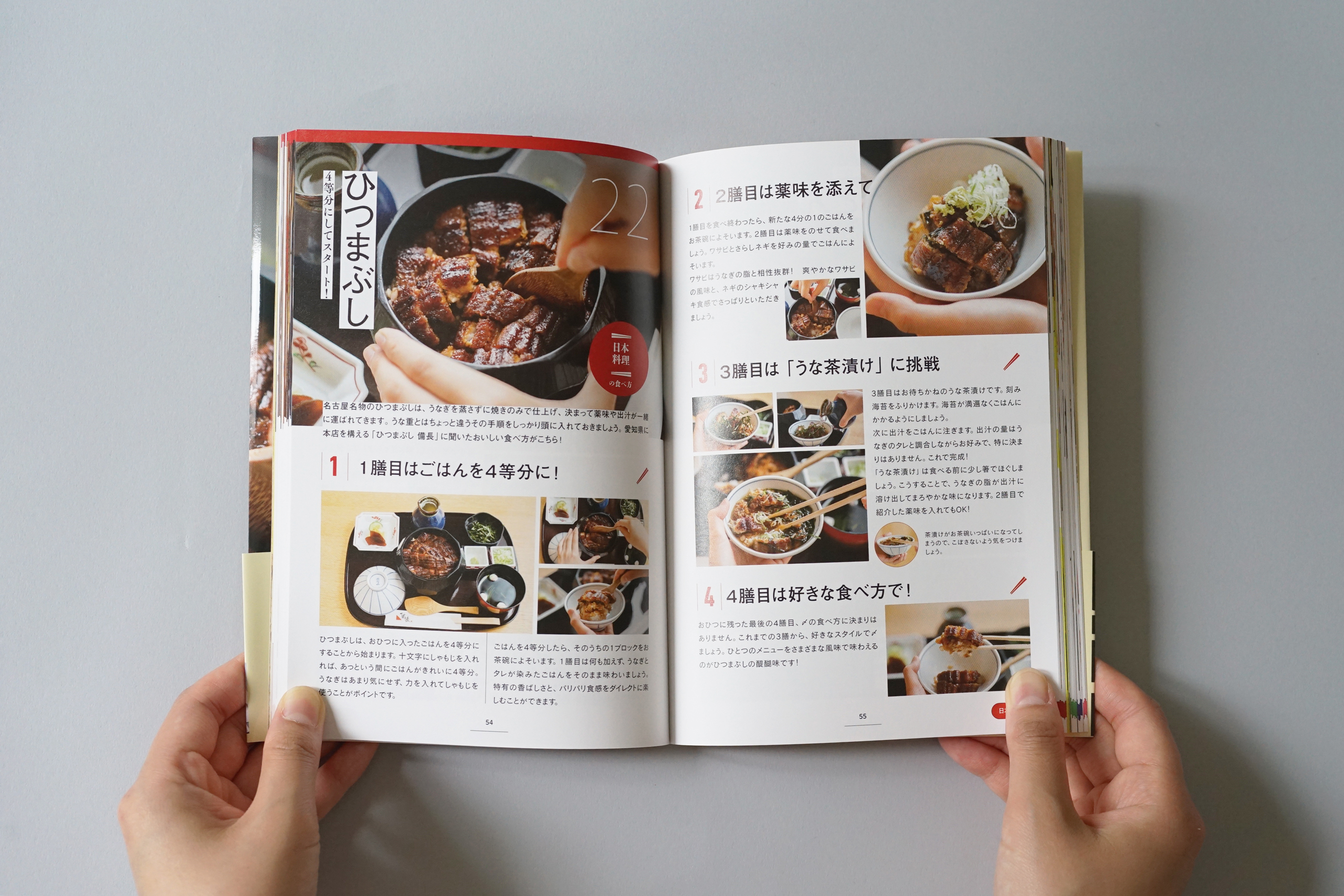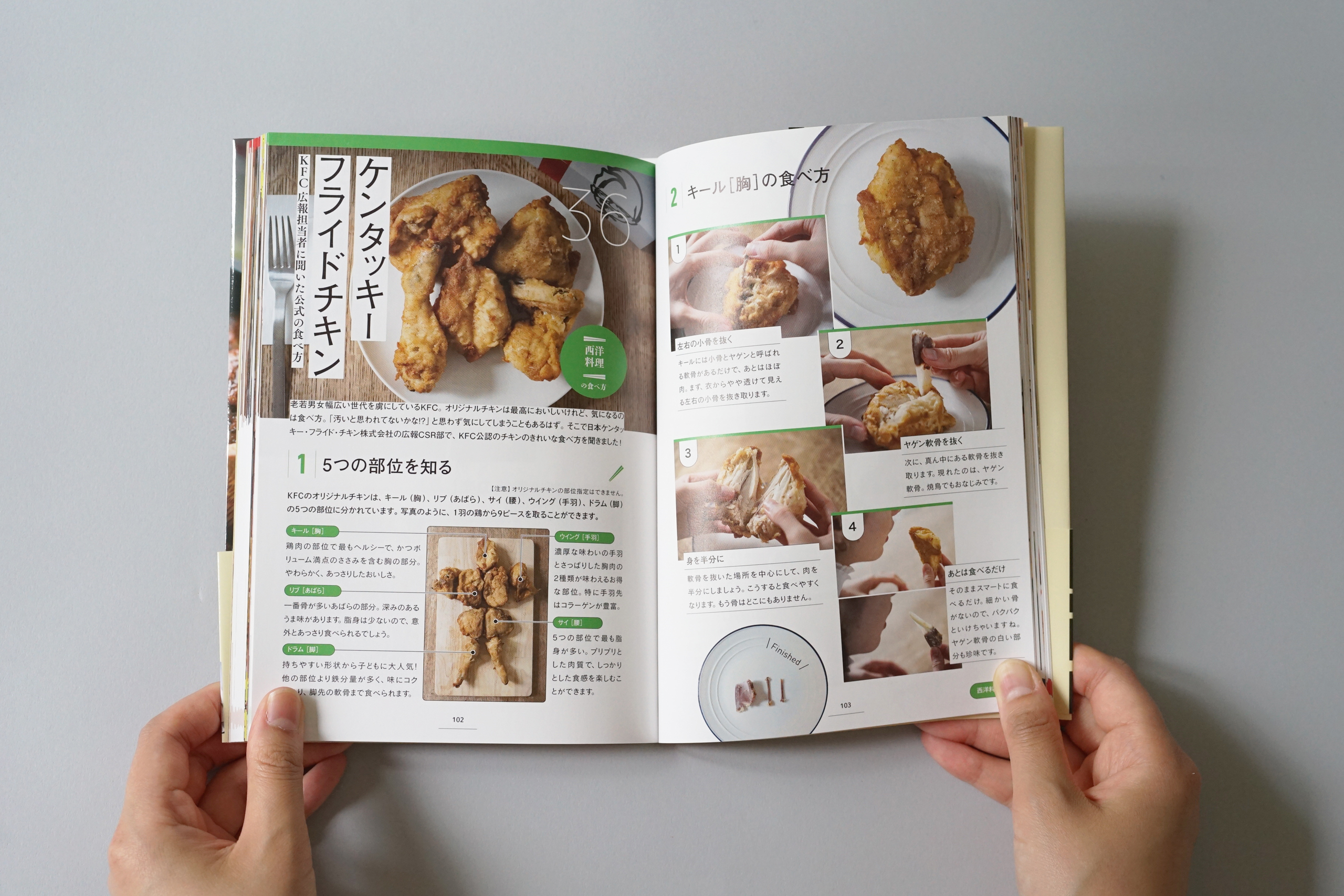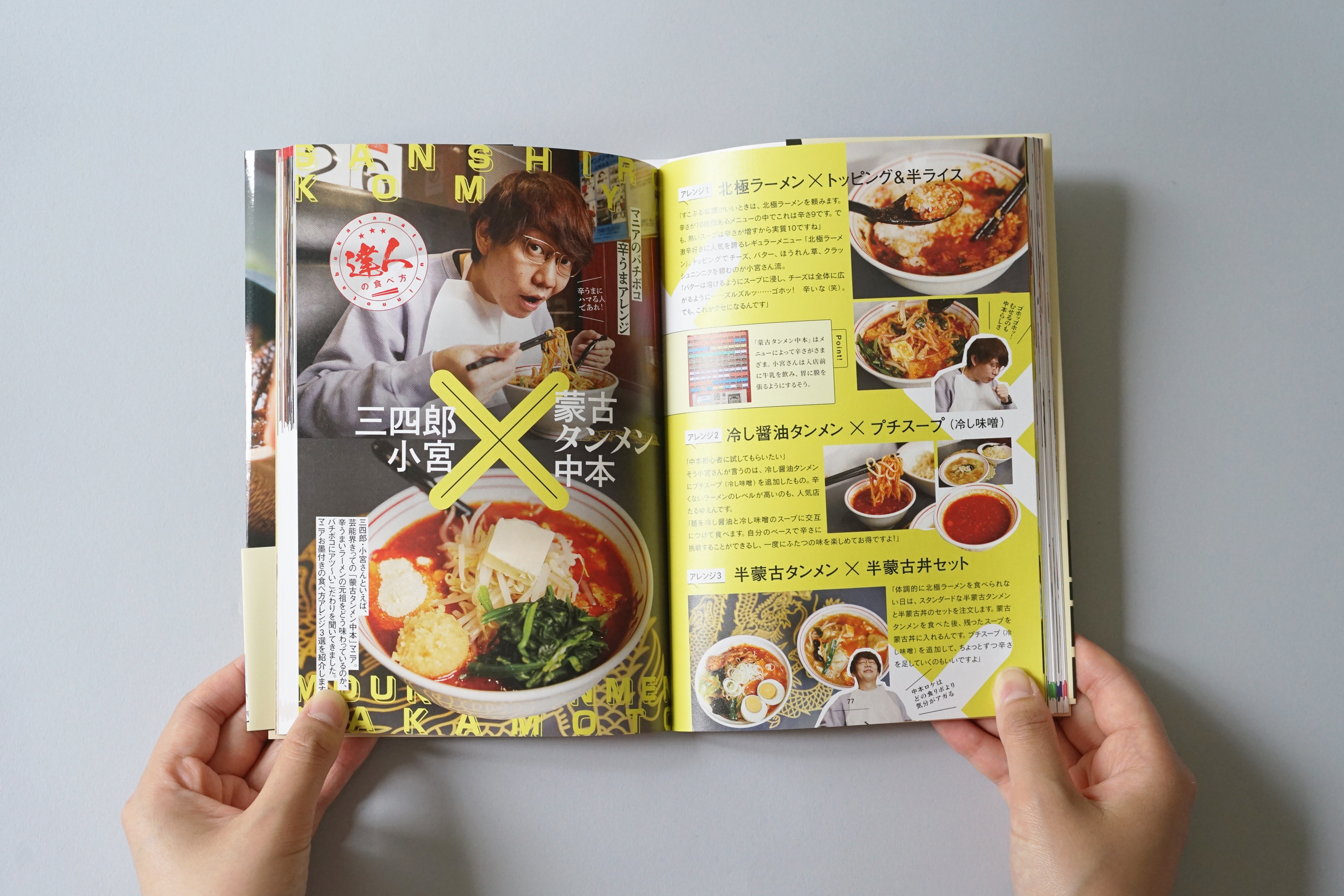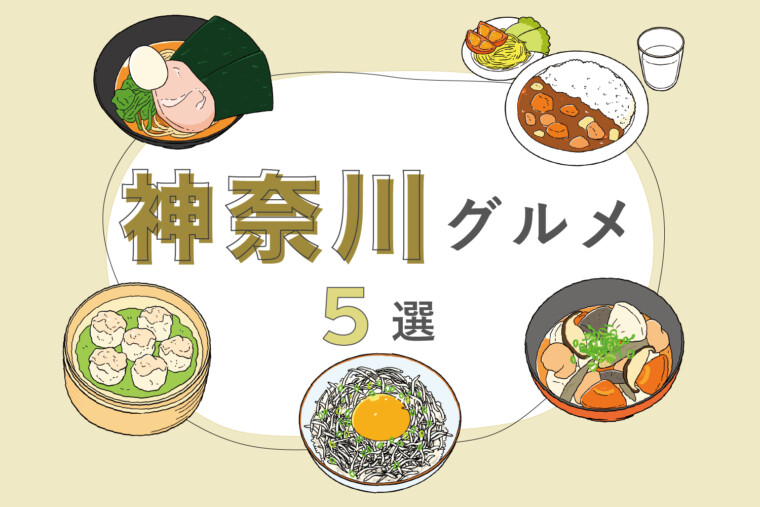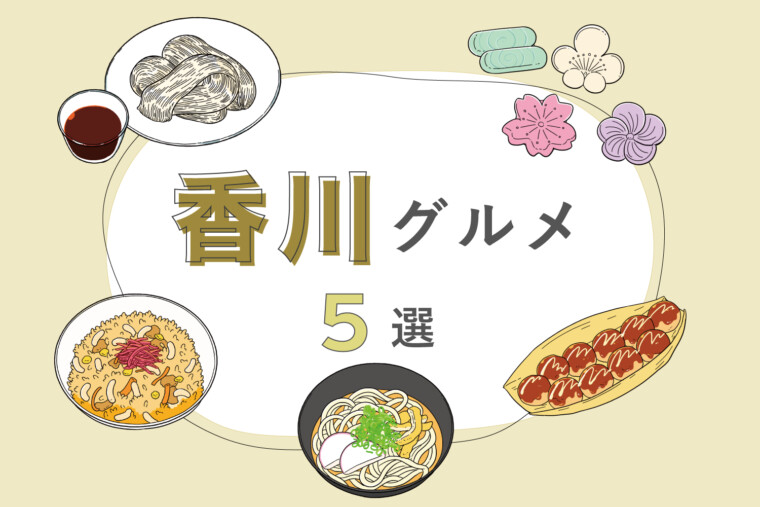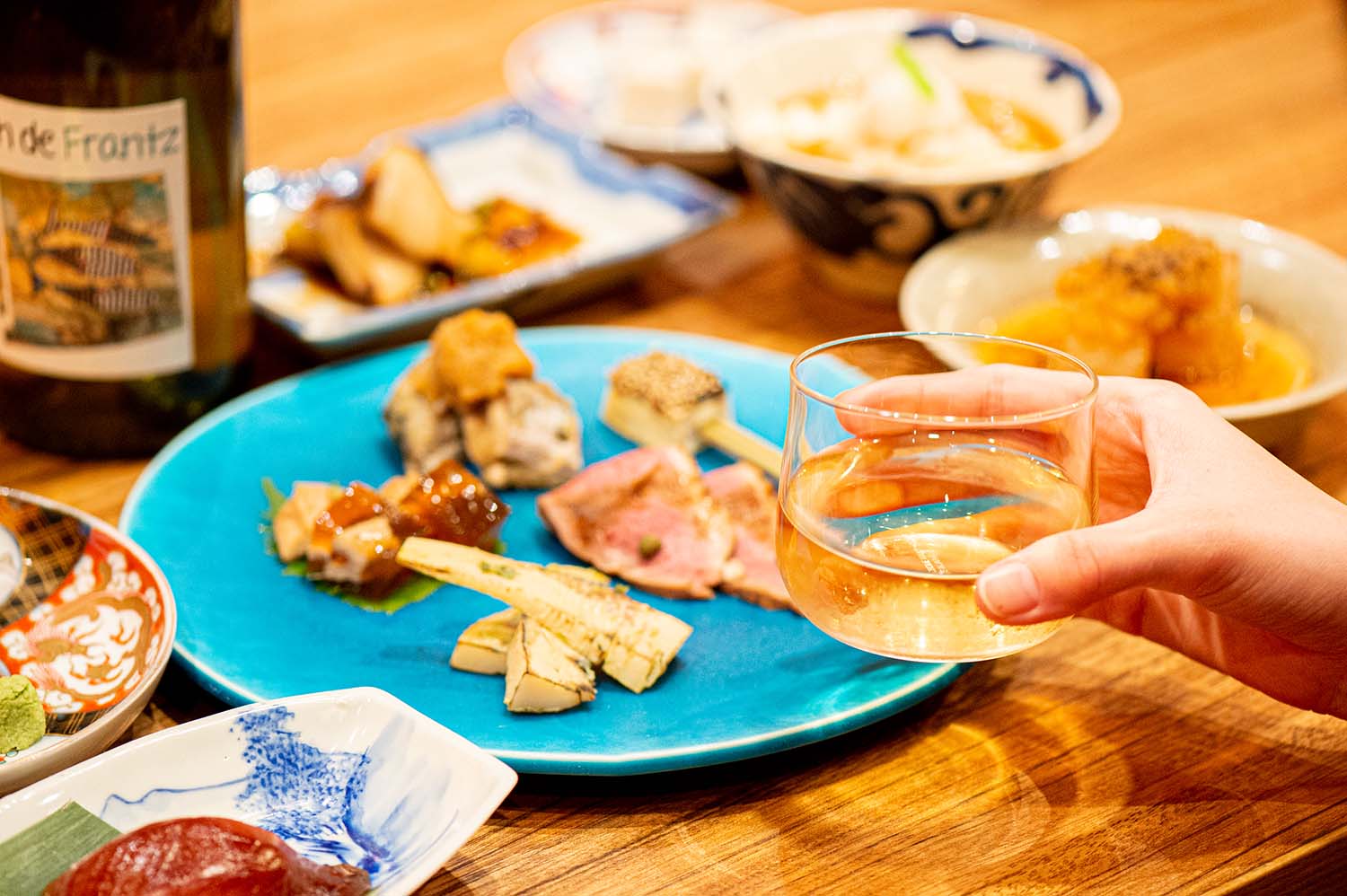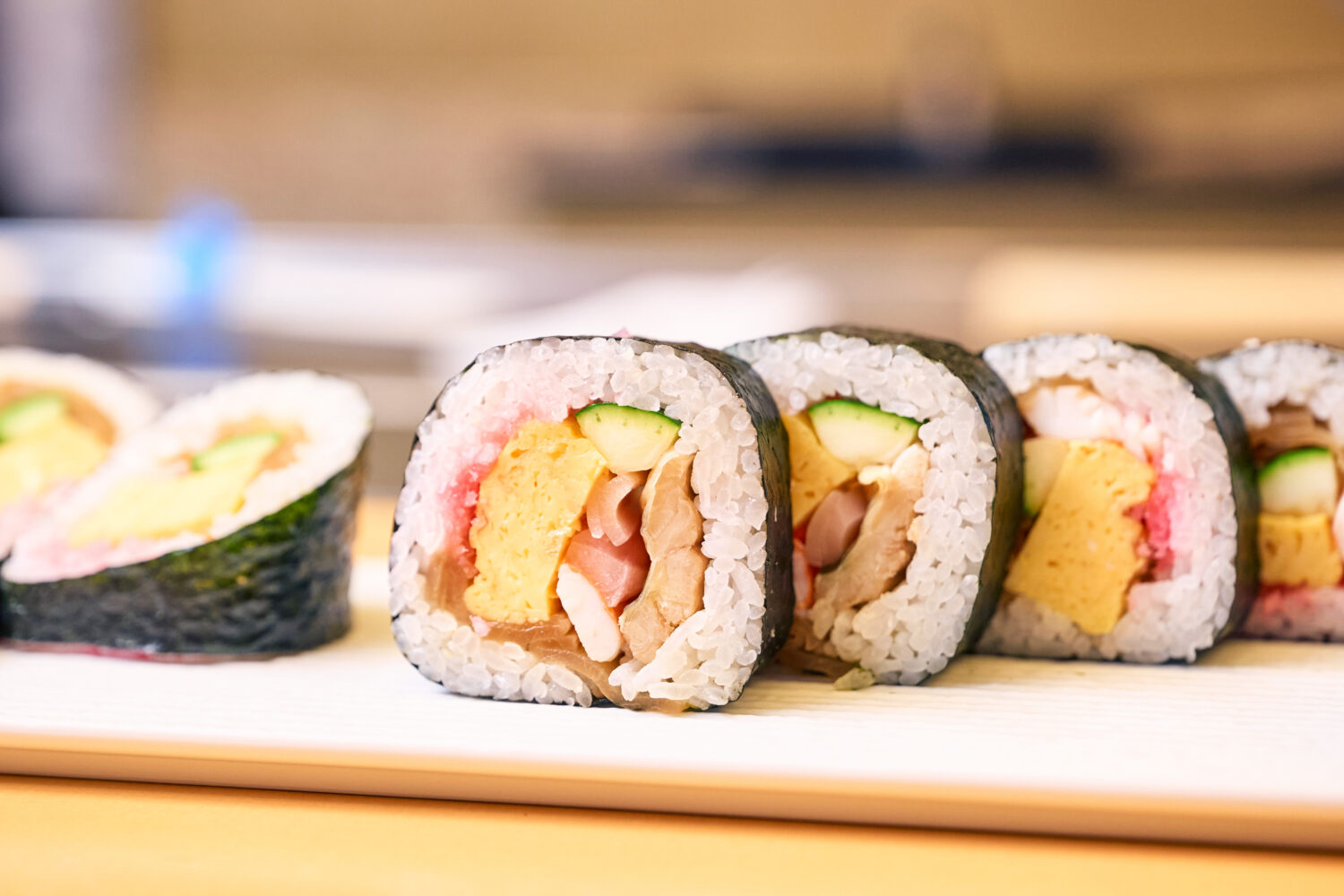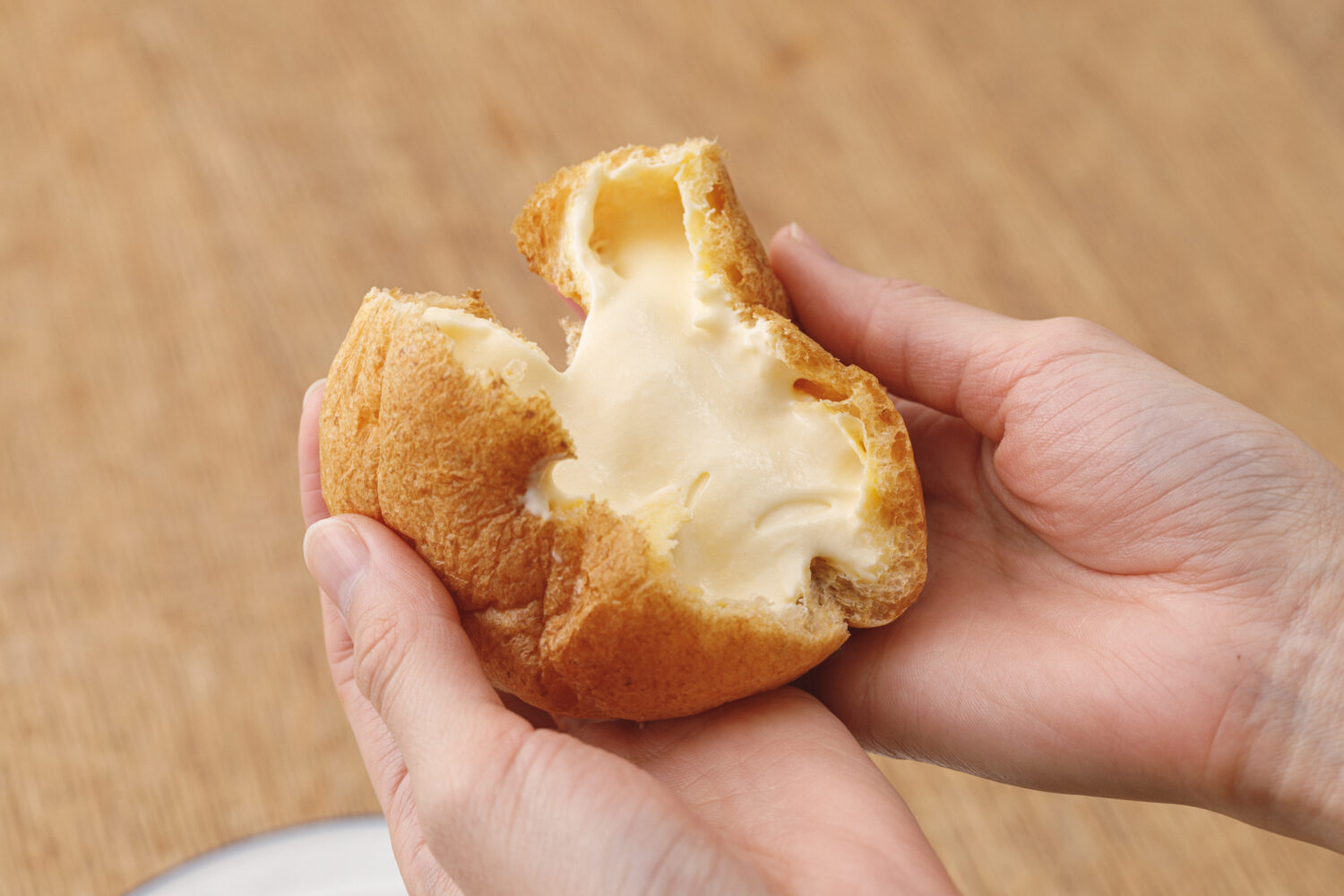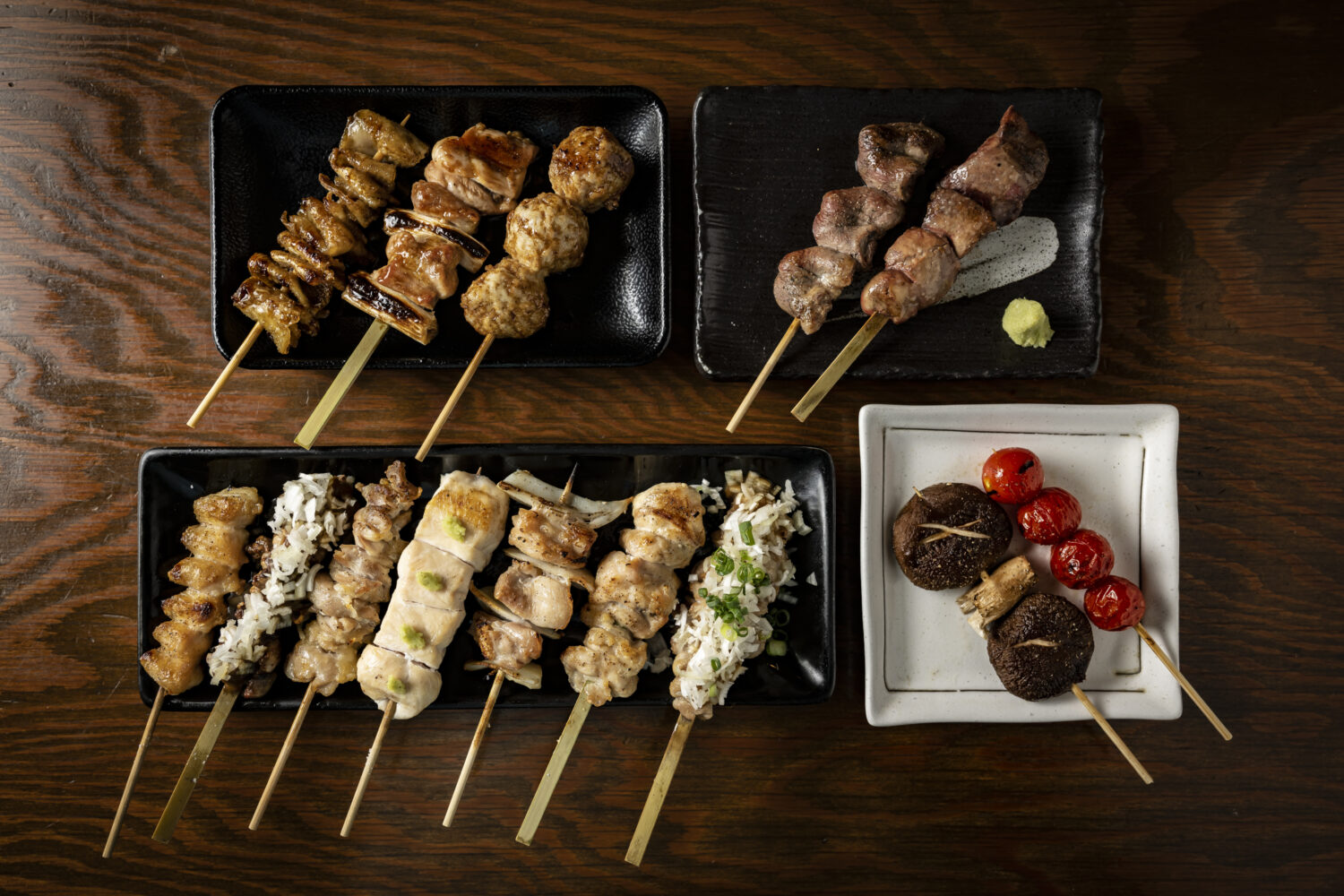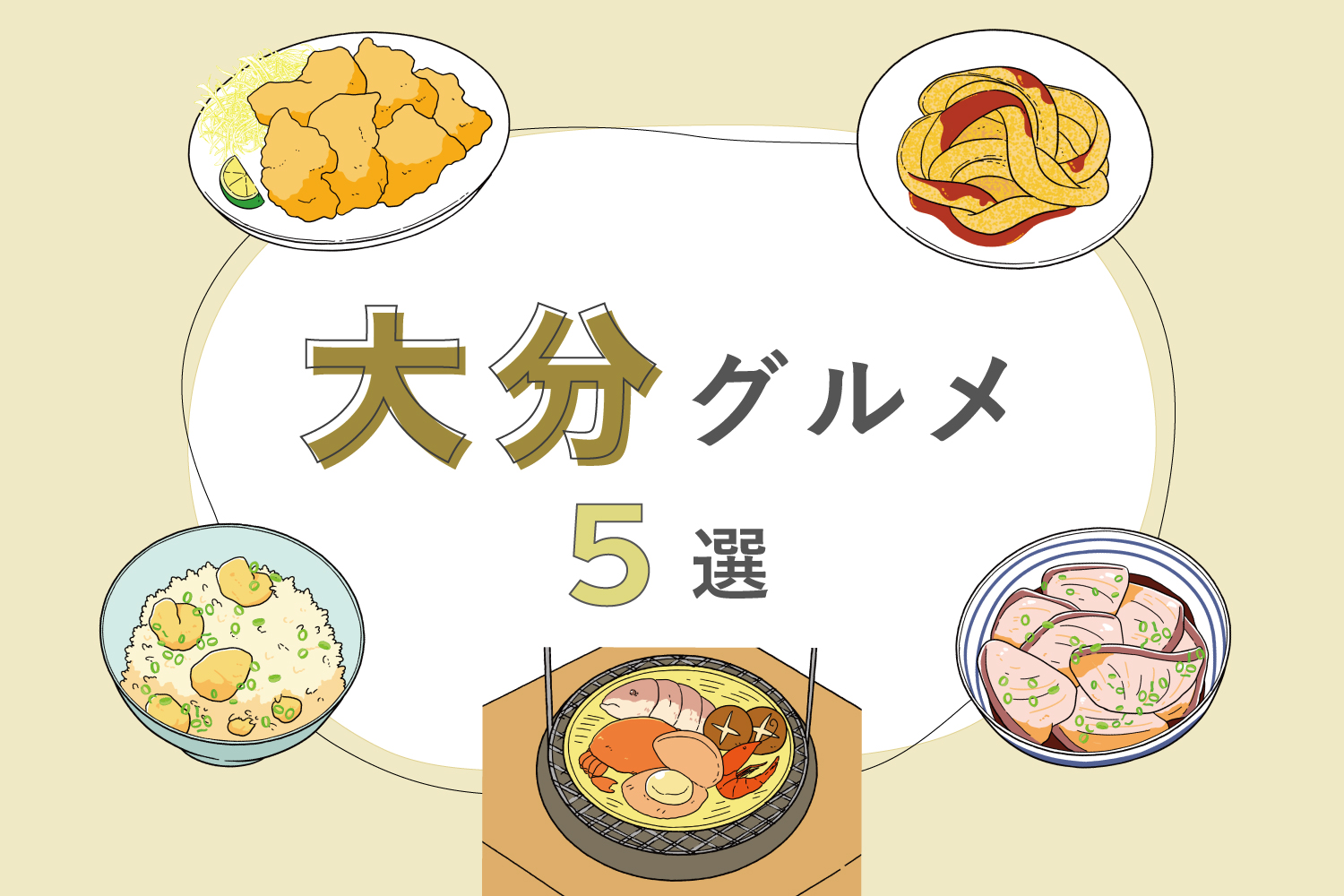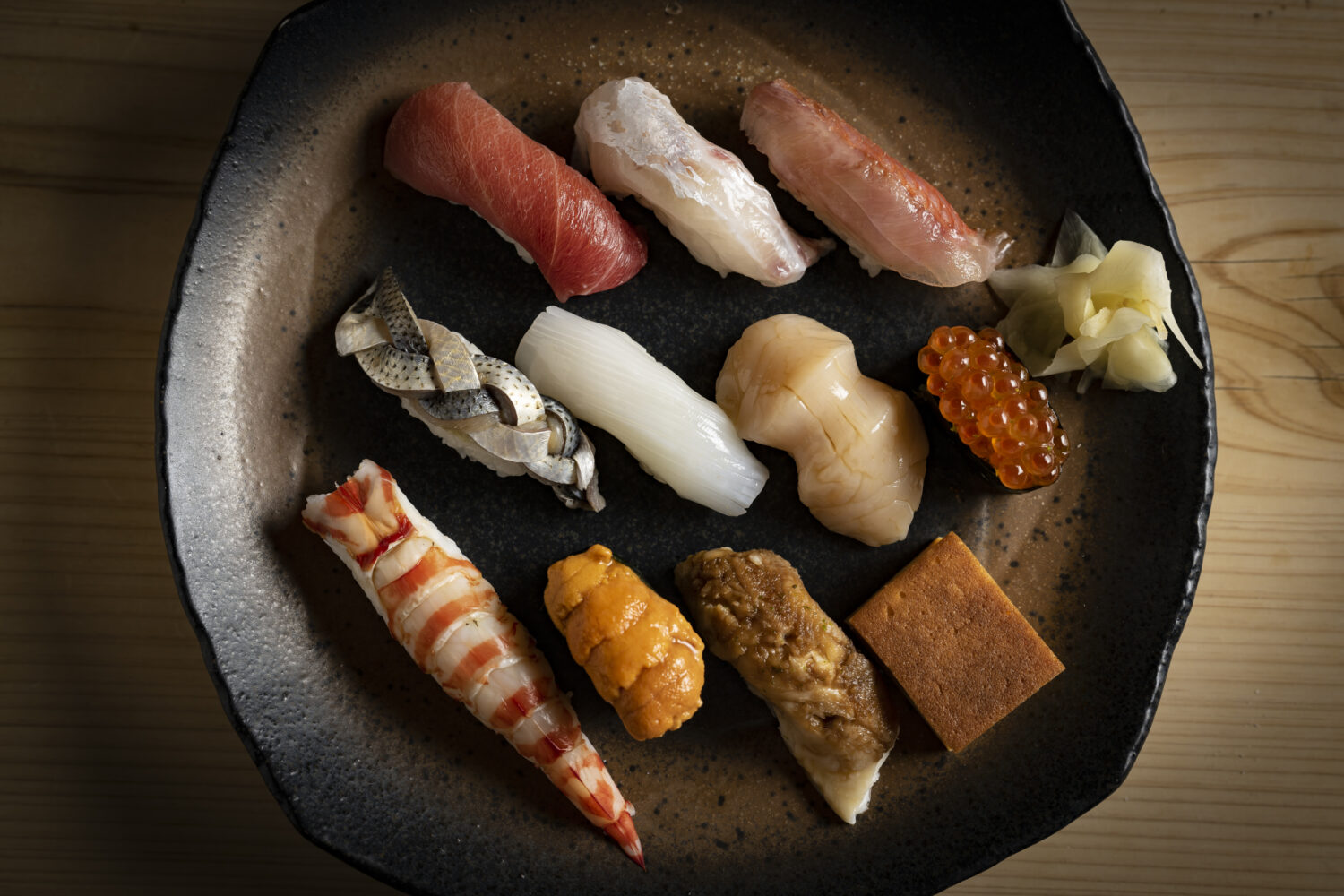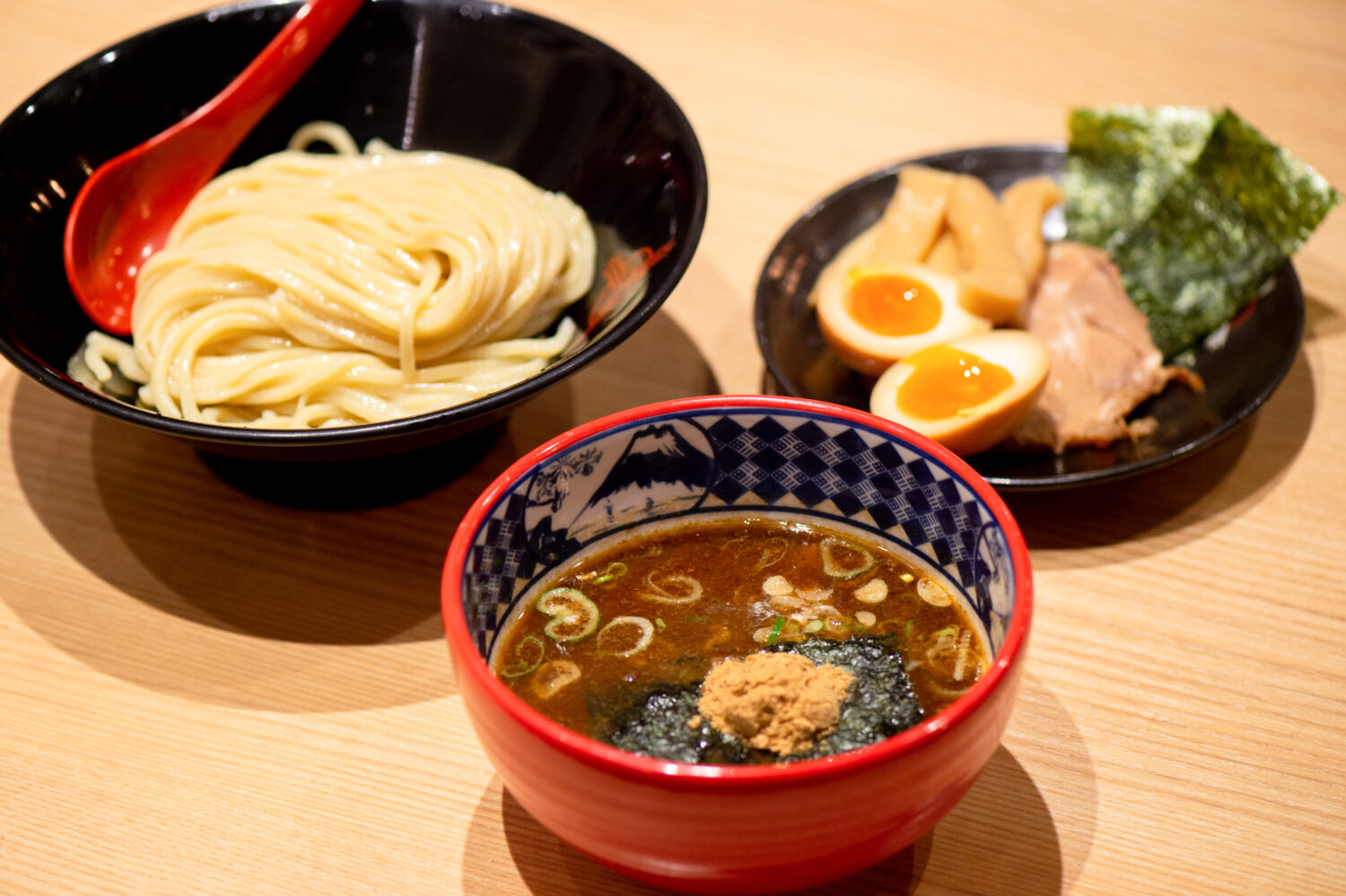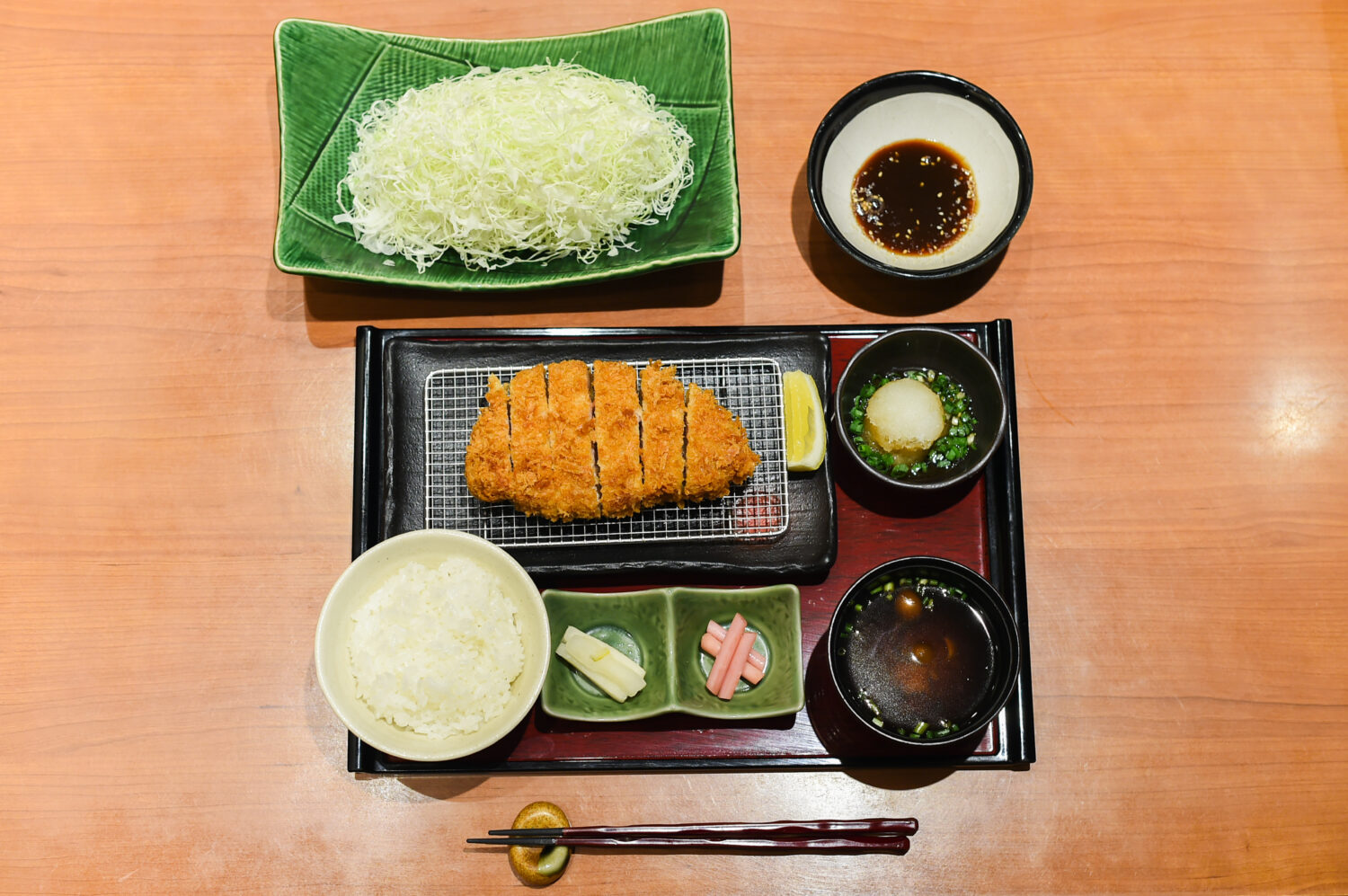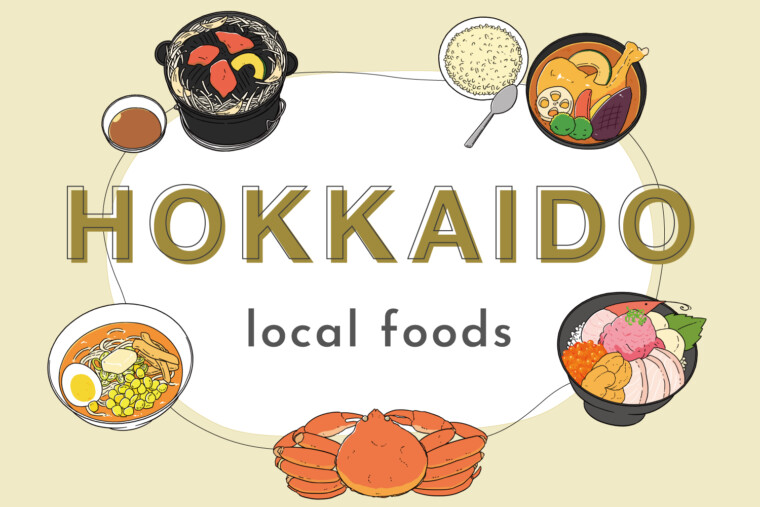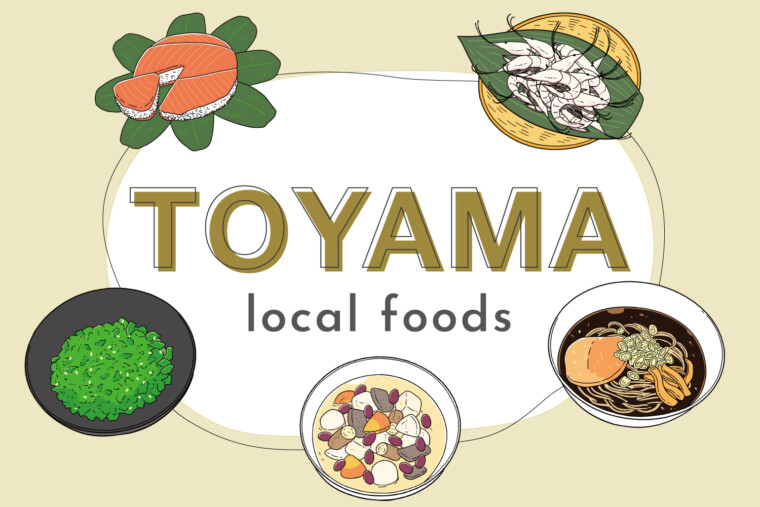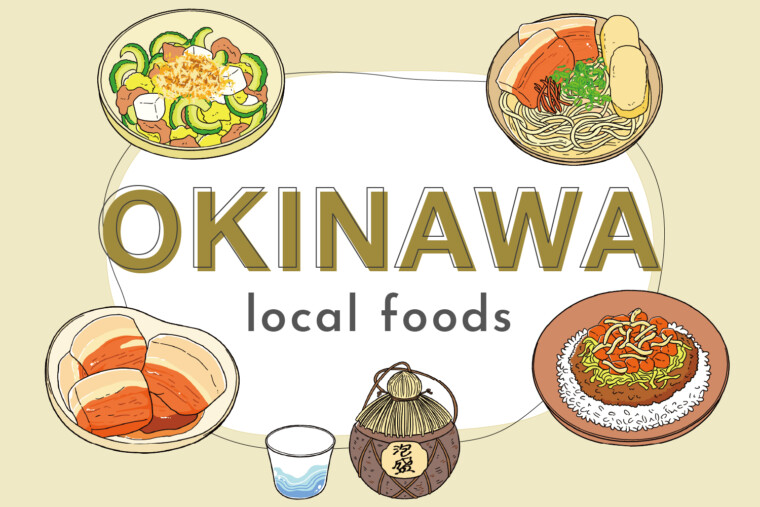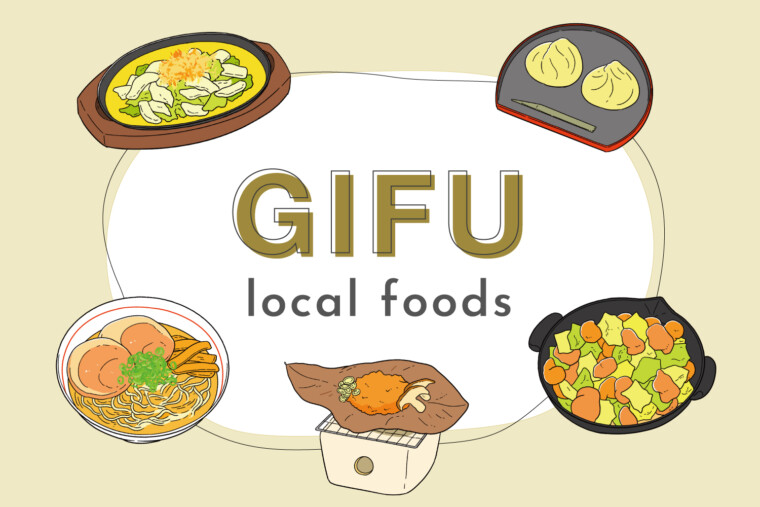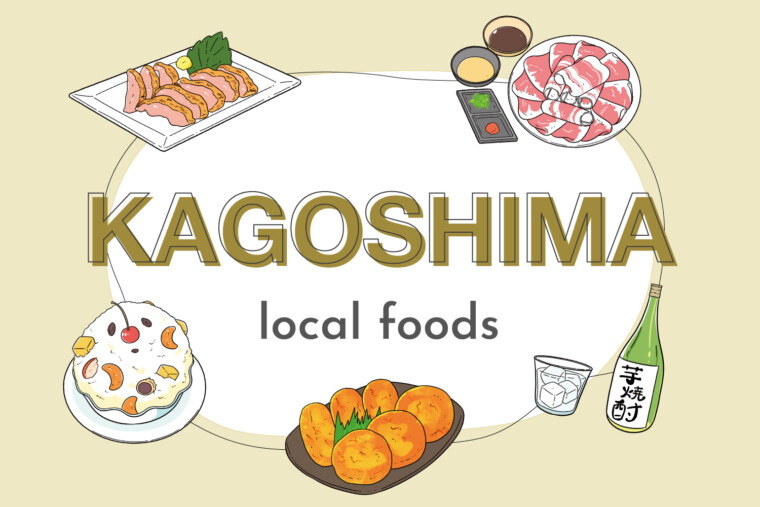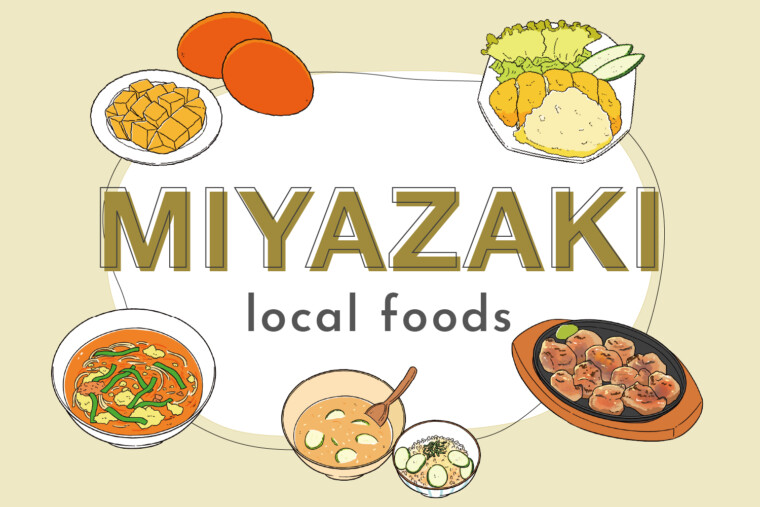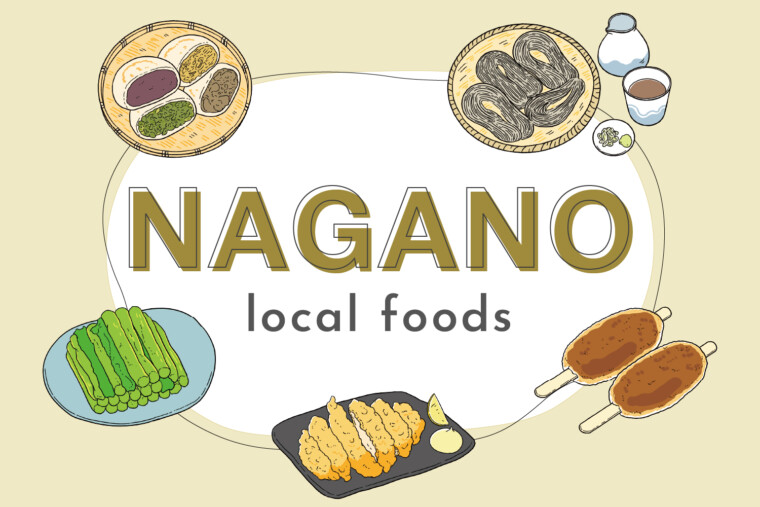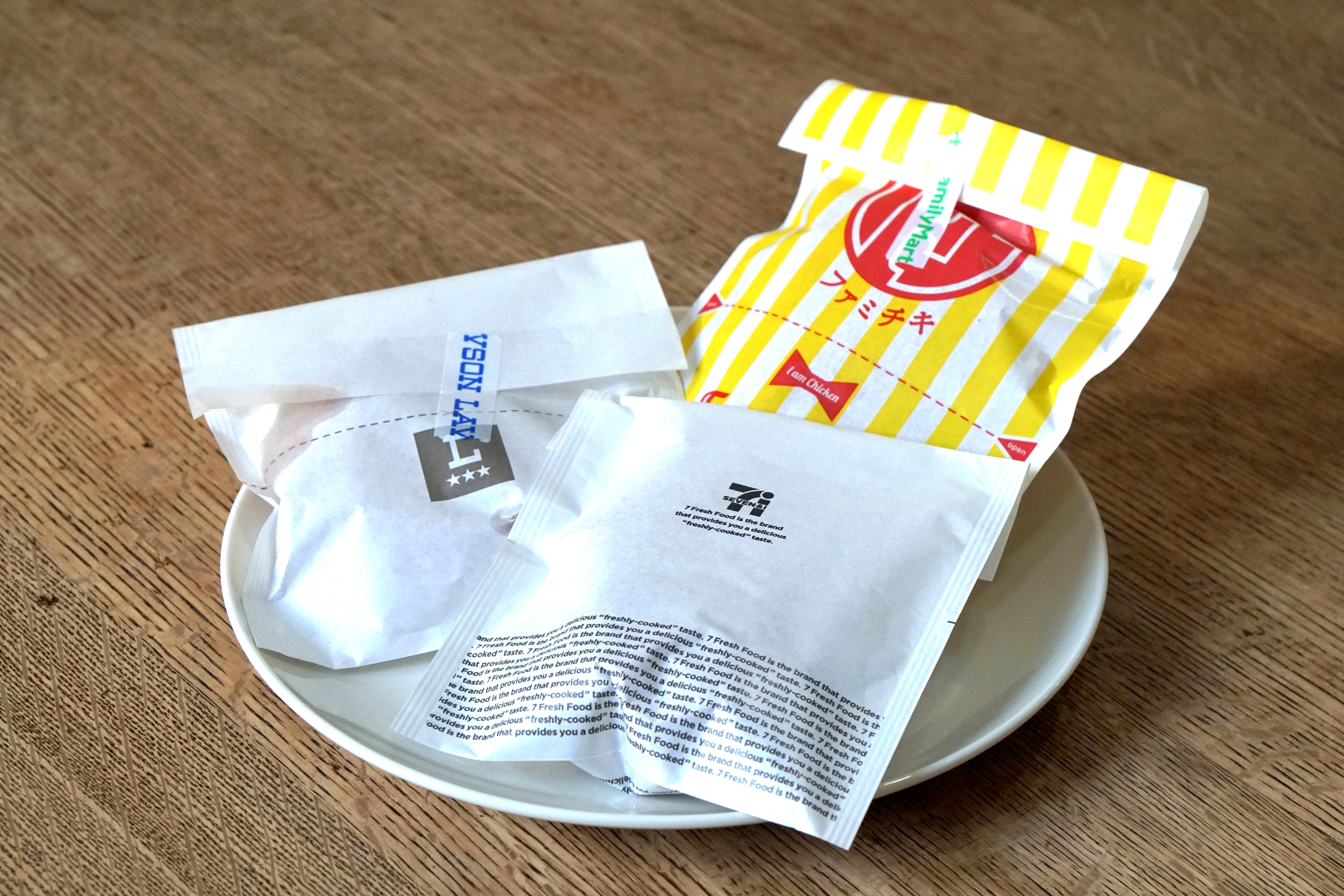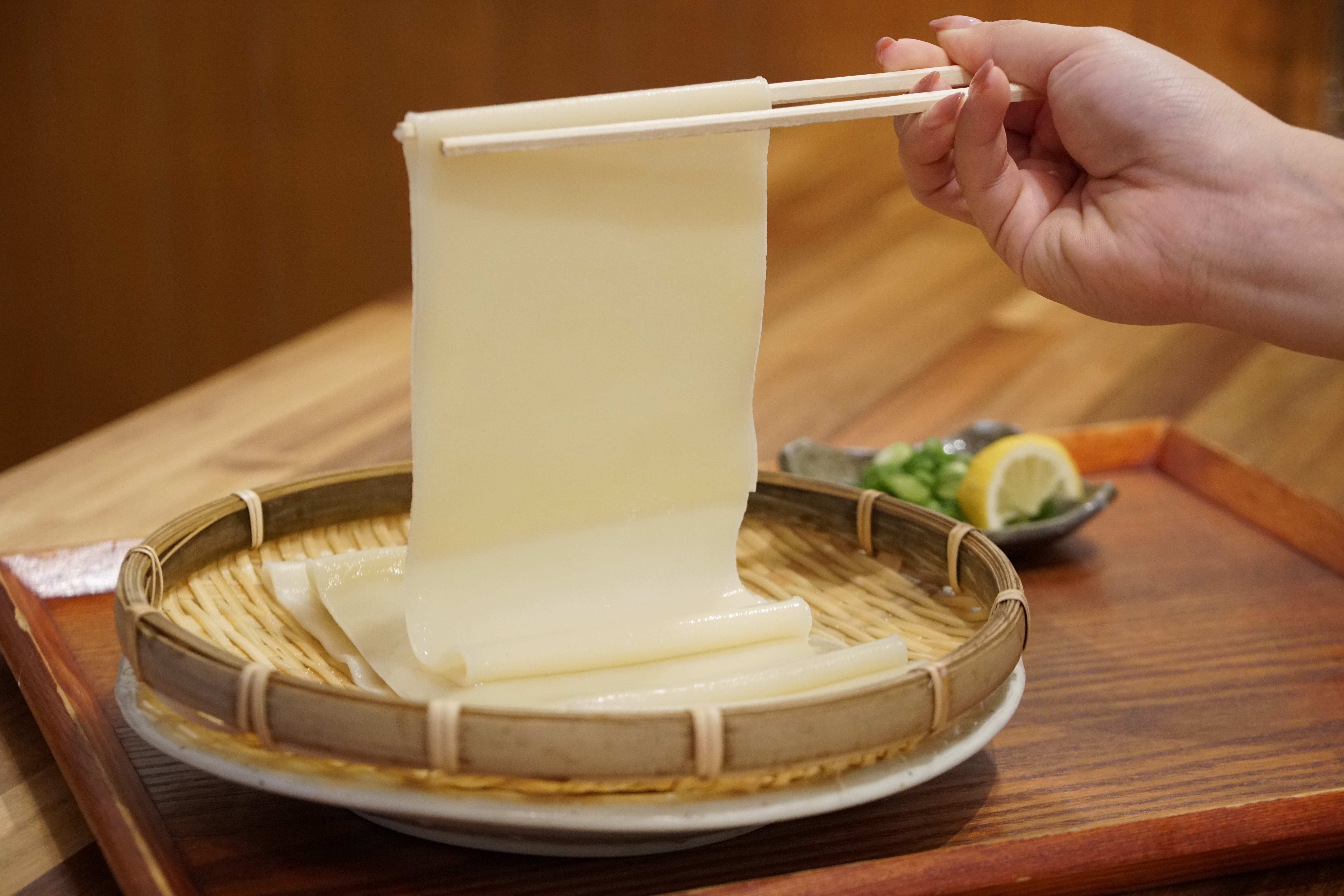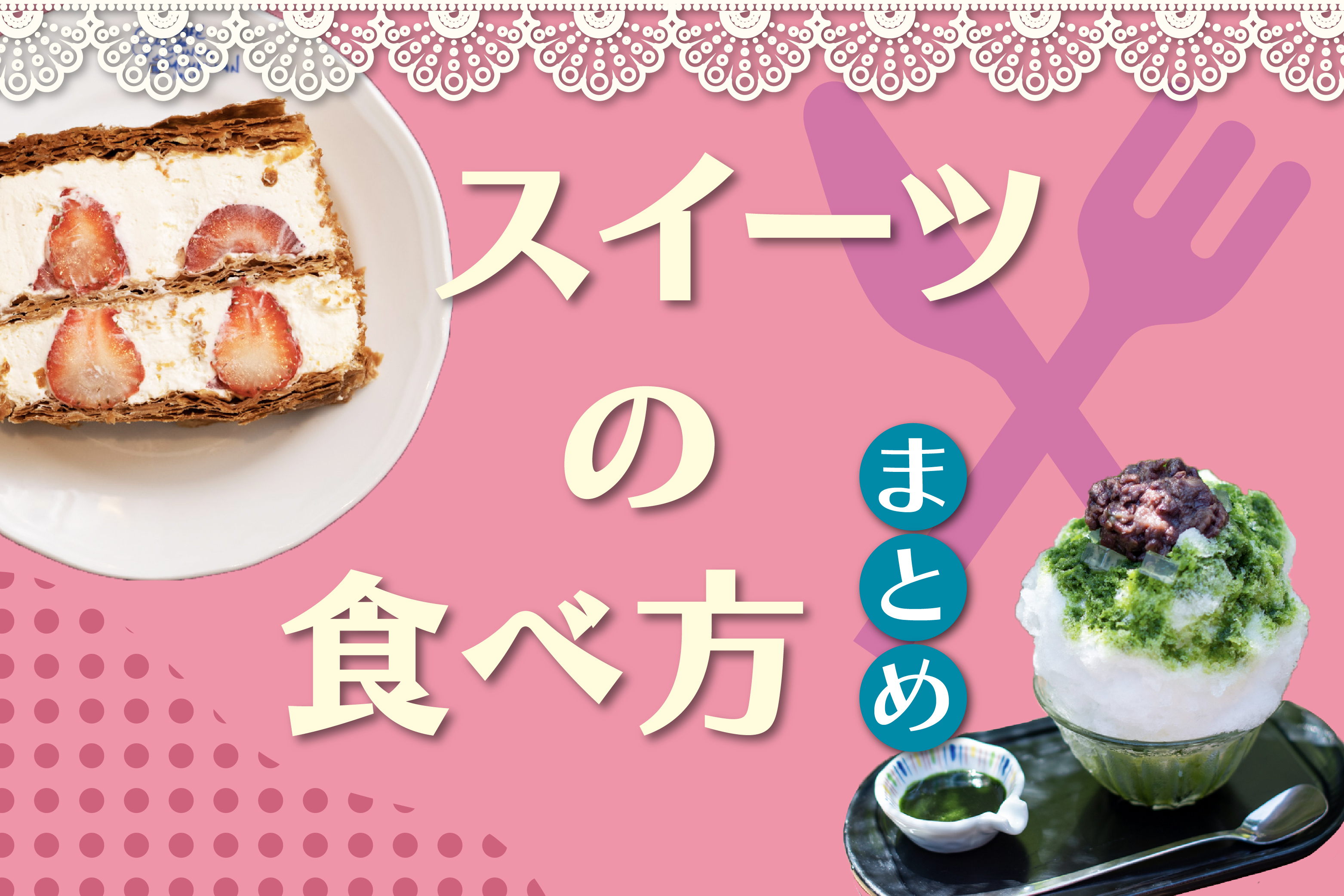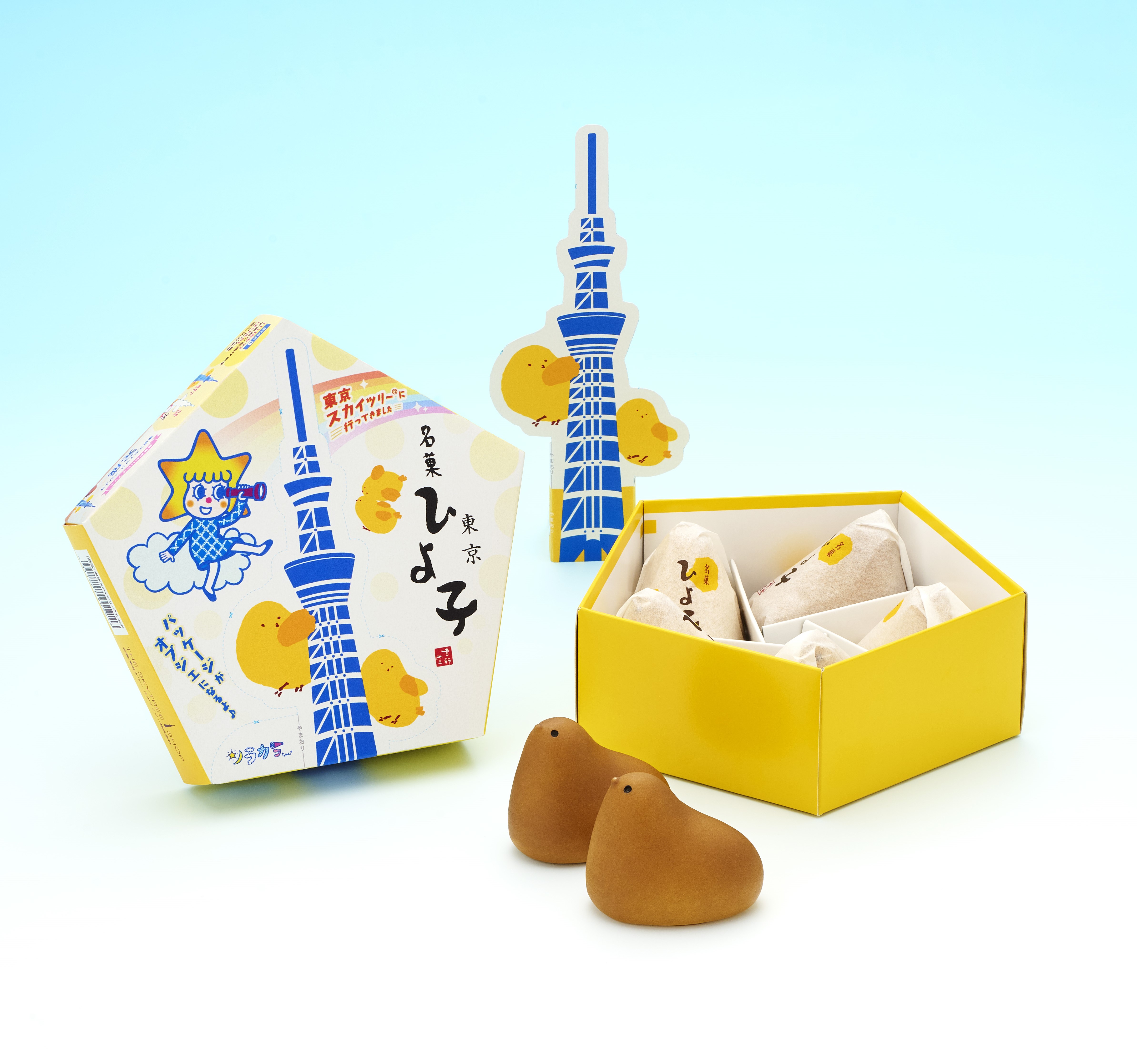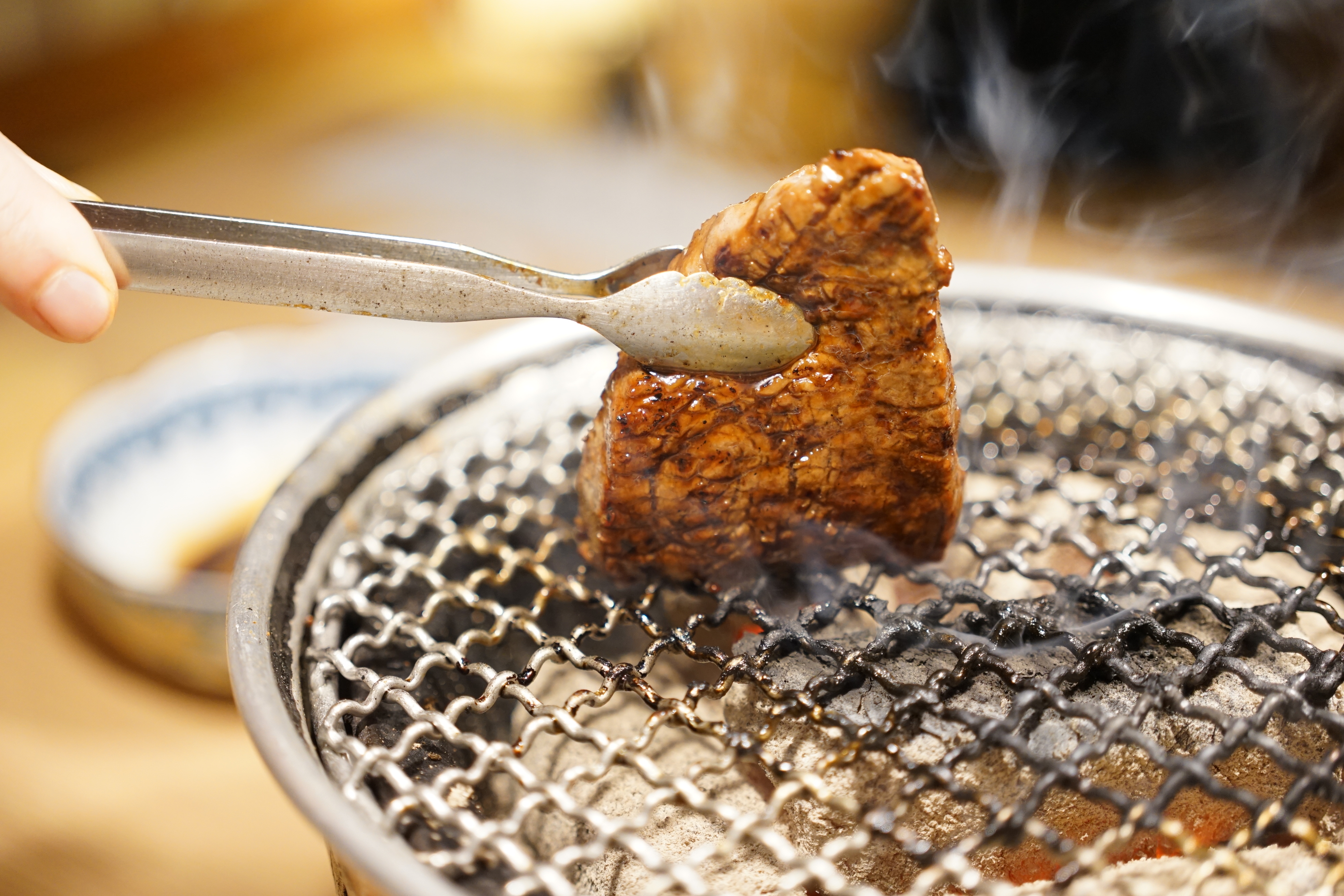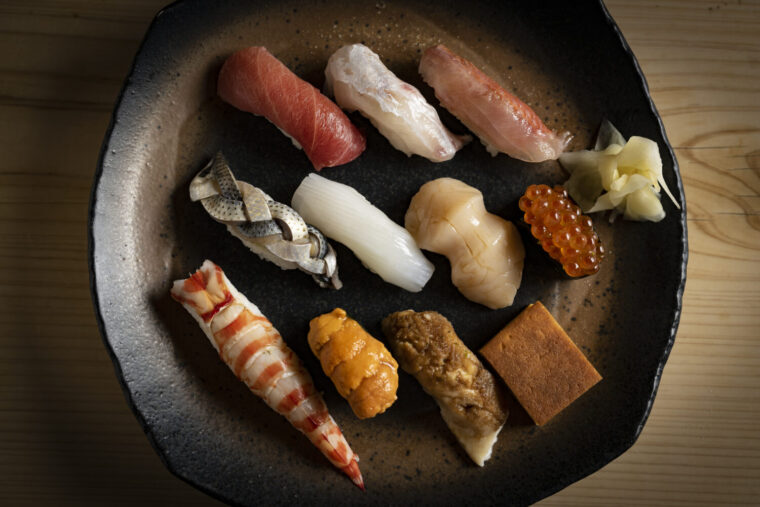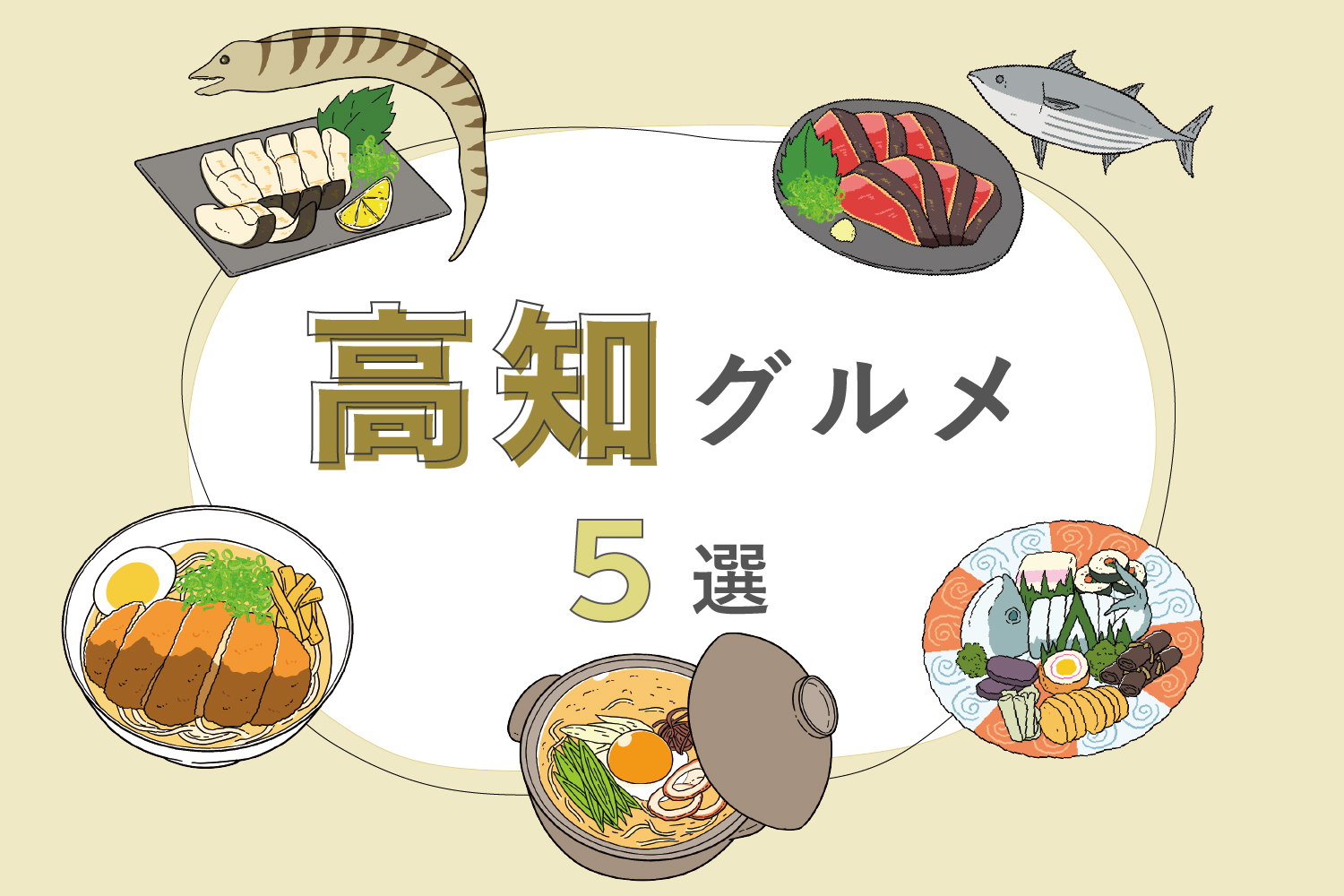
Kochi Food Guide: Sawachi Ryori, Katsuo no Tataki, Utsubo, and Unique Local Ramen
Kochi Prefecture, which occupies the southern half of Shikoku and faces the Pacific Ocean, is blessed with the Kuroshio Current along its coast. This brings in a rich variety of seafood such as bonito, mackerel, and moray eel, which have long been part of the local diet. Among them, bonito stands out with the highest consumption in Japan, and “Katsuo no Tataki” (seared bonito) is especially famous as a local specialty. In addition, Kochi boasts a wide range of unique local noodle dishes, including “Nabeyaki Ramen” and “Miso Katsu Ramen.”
share:
Table of Contents
“Sawachi Ryori” – A Large Platter Filled with Many Dishes
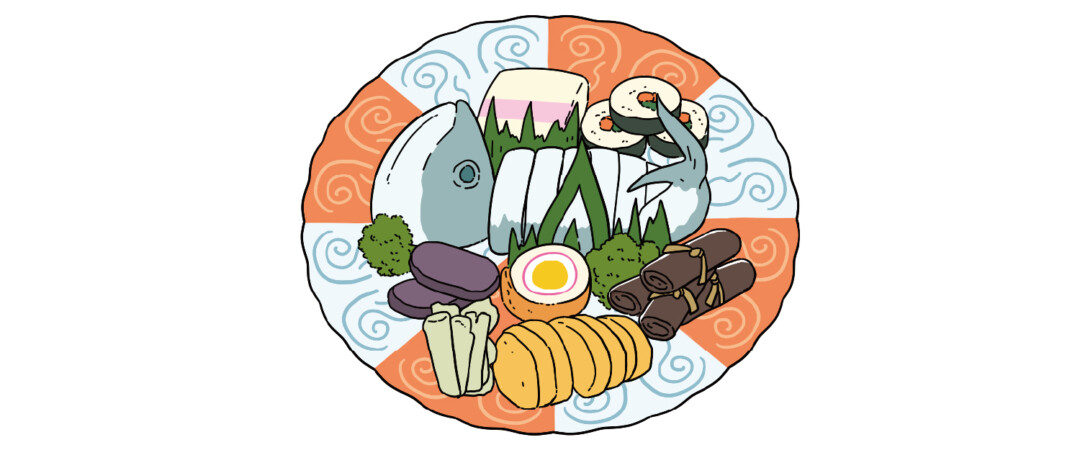
“Sawachi Ryori” refers to a style of arranging food on a large platter measuring 36–39 cm, traditionally served at events such as weddings and funerals. There are various types of presentation styles: “Nama” featuring sashimi such as seared bonito, “Sushi” with whole sushi or rolled sushi, and “Kumimono,” which includes not only sushi but also fried foods and sweets.
Sawachi Ryori was also a symbol of social status, with wealthy households serving food on luxurious plates such as Arita ware or Kutani ware.
Kochi’s Signature Dish: “Katsuo no Tataki”
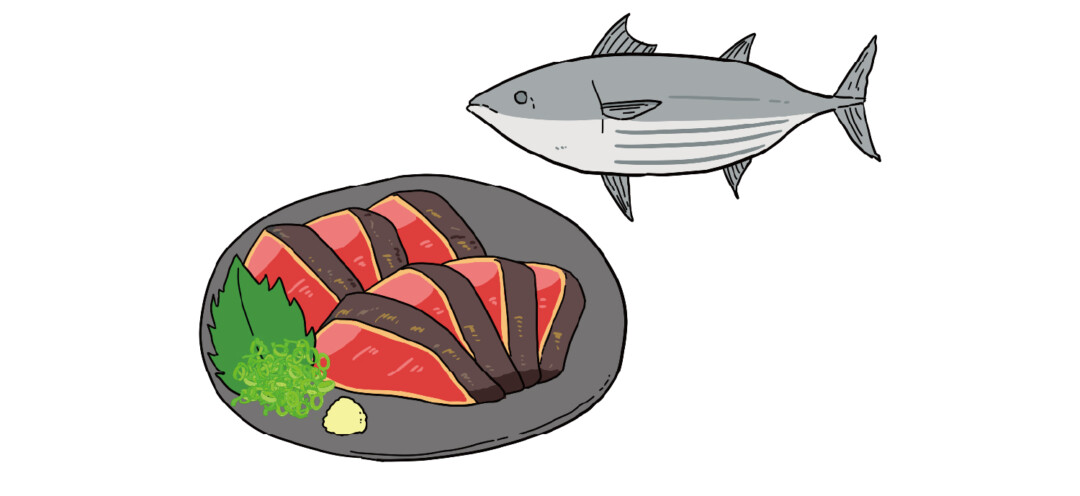
“Katsuo no Tataki” was originally a fisherman’s meal and is an essential part of Sawachi Ryori. The surface of skin-on bonito is lightly seared over fire, then chilled in cold water, sliced thicker than sashimi, and sprinkled with salt. After pounding lightly to help the salt penetrate, garnish with thinly sliced garlic and green onions, and enjoy with ponzu or soy sauce. The seasonal bonito caught from March to May, known as “Hatsu-gatsuo” (first bonito), and from September to November, known as “Modori-gatsuo” (returning bonito), make for exquisite tataki.
A Surprisingly Familiar Ingredient: “Utsubo” (Moray Eel)
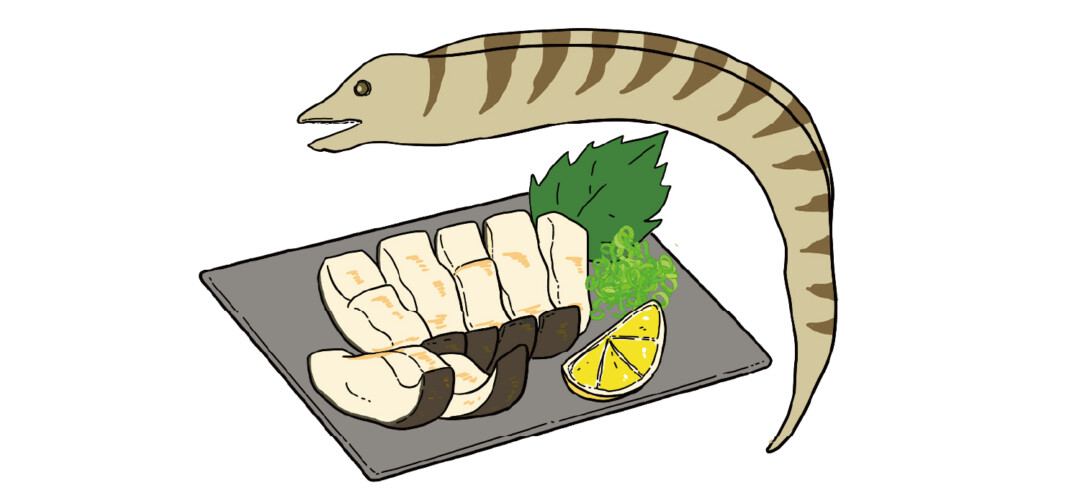
Though it resembles a snake and has a fierce appearance, “Utsubo” (moray eel) has long been enjoyed in Kochi as a refined white-fleshed fish. Its meat is lean, firm, tender, and pleasantly springy—making it a delicacy. The cooking methods are diverse: fish paste tempura, deep-fried, dried, or even seared like tataki. Utsubo is also highly nutritious, rich in high-quality protein and collagen, and is loved as a beauty-enhancing food.
The Hottest in Japan! “Nabeyaki Ramen”
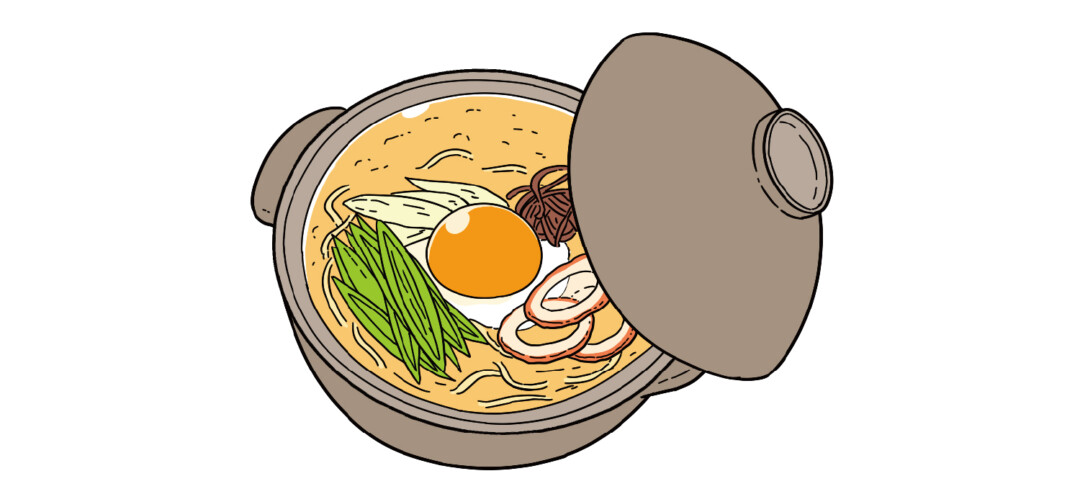
“Nabeyaki Ramen” is said to be the hottest ramen in Japan. It originated in the 1940s in Susaki City, when a local eatery began serving ramen in enamel pots for delivery so that it wouldn’t get cold. Later, clay pots replaced enamel pots. The soup is a soy sauce base made with chicken bones and bonito flakes. Toppings include green onions, chikuwa, egg, and chicken. The noodles are boiled firm so that they soften to the perfect texture as the customer eats.
Born from a Clever Idea: “Miso Katsu Ramen”
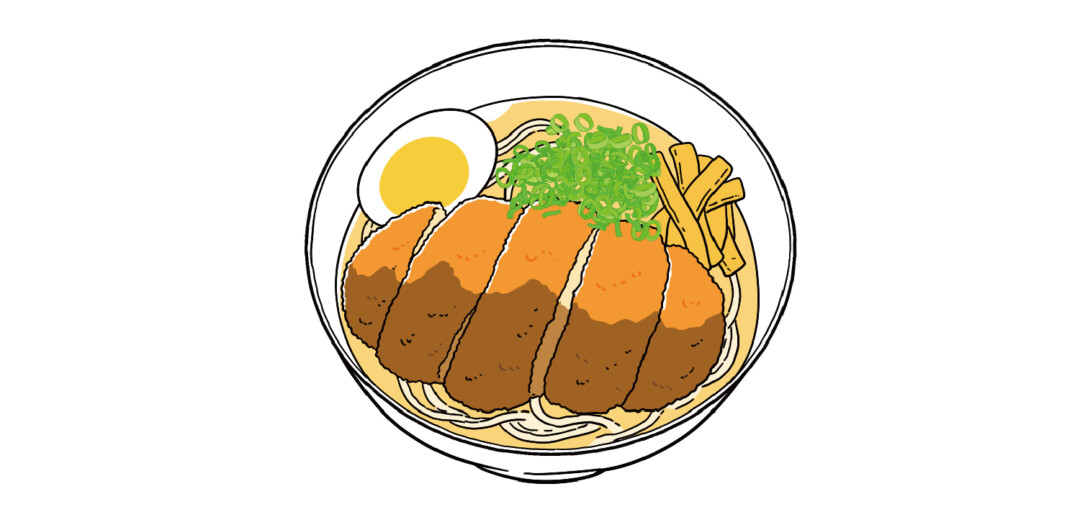
“Miso Katsu Ramen” is a B-grade gourmet dish consisting of miso ramen topped with tonkatsu (pork cutlet). It is said to have originated from the ramen chain “Ramen Buta Taro” in Kochi, when they suggested adding the tonkatsu from their once-popular cutlet set meal to ramen. The combination of rich miso ramen with freshly fried tonkatsu is exceptional. First, enjoy the crispy texture of the cutlet before it soaks up the soup, and then savor the tender, flavorful cutlet after it has absorbed the broth.
*The information is based on the time of reporting or creation, and may differ from the current situation.
tags:
share:










